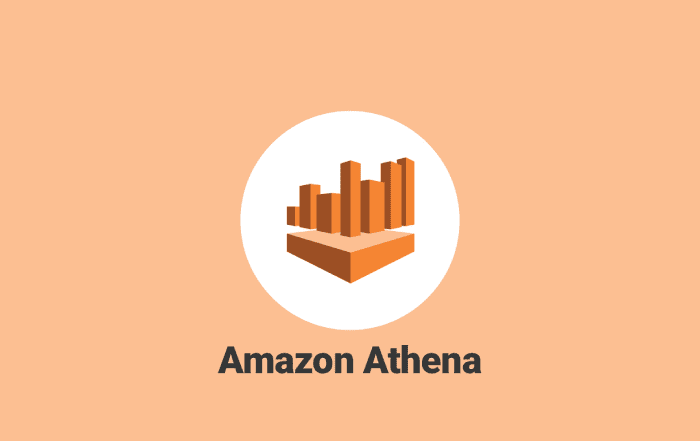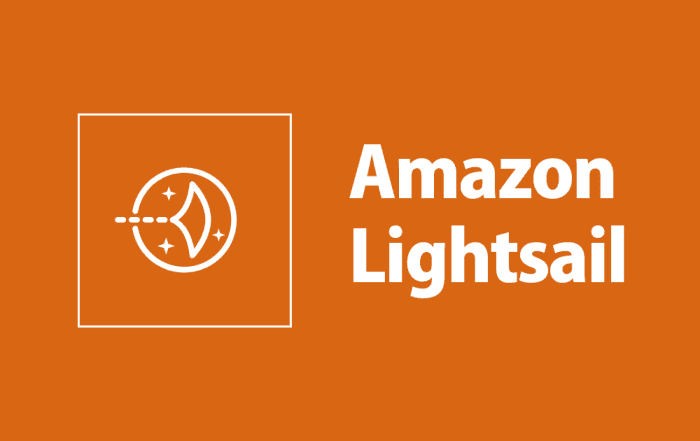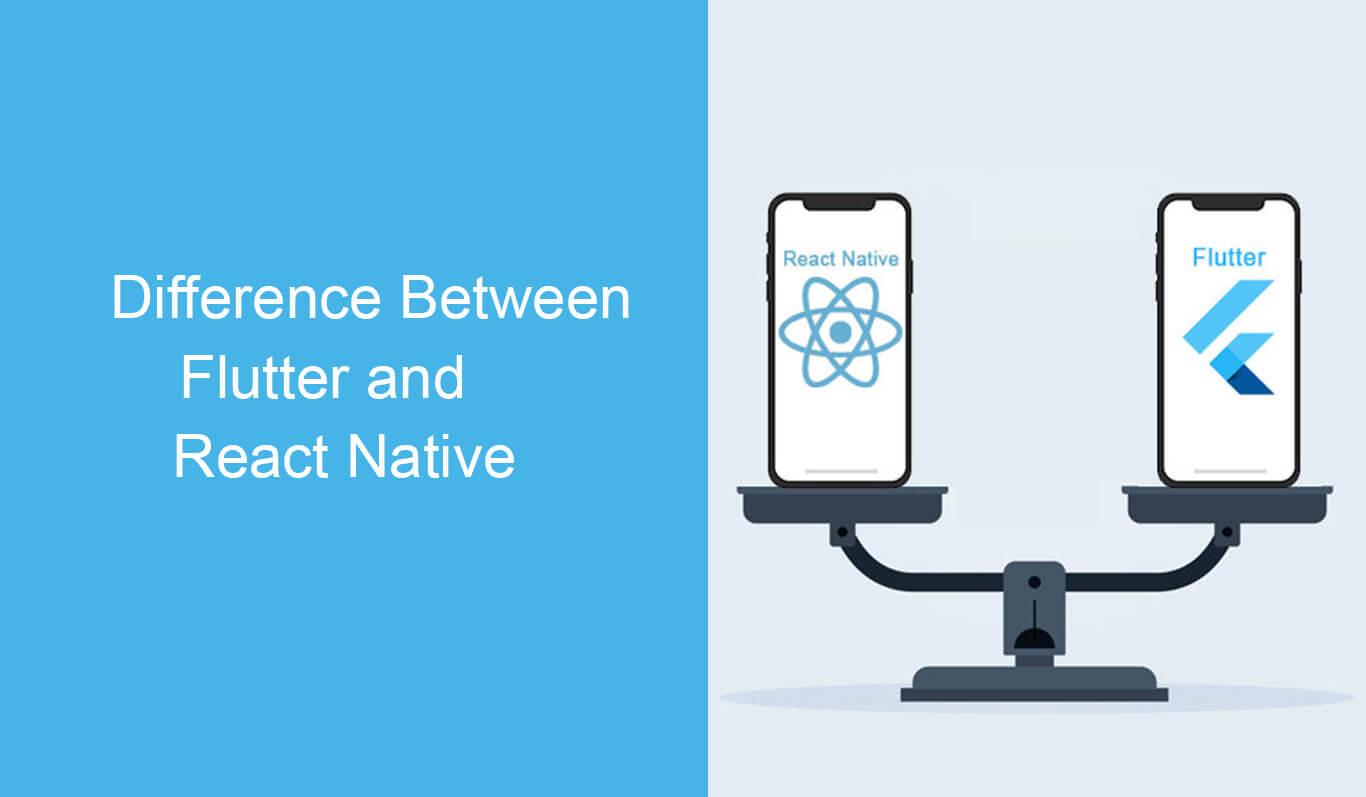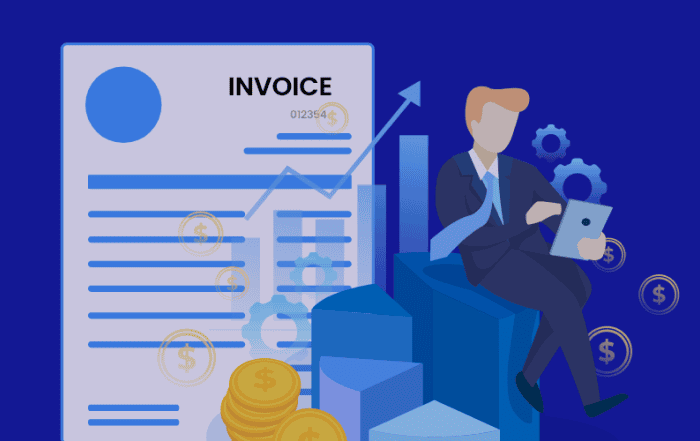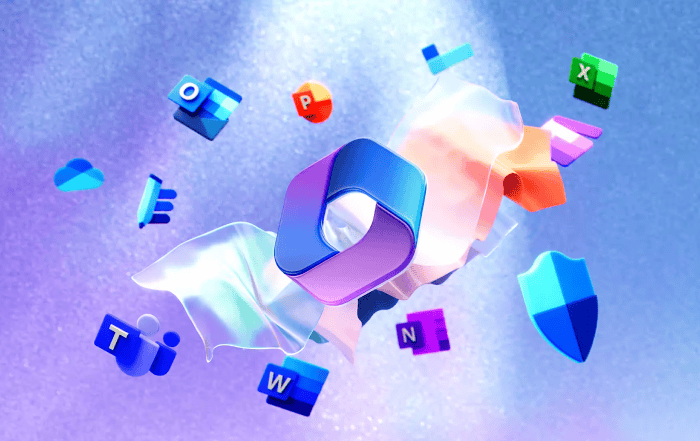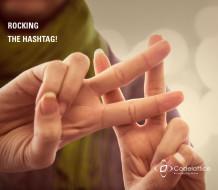
If you’re a social media rookie, hashtags may seem confusing and unnecessary. However, for social media campaigners it is an integral way to communicate online, come up in search results, and it can be a lot of fun too. What is a #Hashtag ? # A hashtag sign are those short links that are preceded by this sign (#) and is paired with a relevant phrase or word to perform an intended activity, or refer to an interest topic trending online.
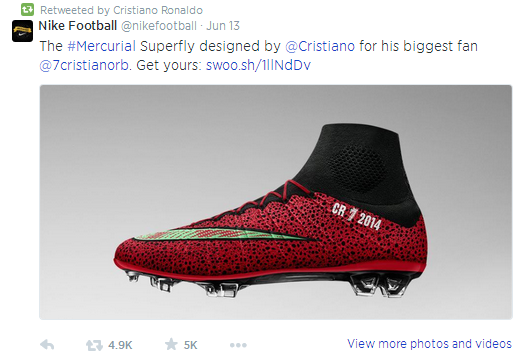
For instance, with the wild horse FIFA fever spreading over, Nike Football chose to use the #Mercurial hashtag to promote its newest soccer shoes on Twitter. Or another tweet by the most followed soccer player on Twitter – Cristiano Ronaldo using the hastag #riskeverything, again to promote the Nike brand of shoes.


Hashtags on twitter are used with tweets with an intention to use them as search mechanisms, or to categorize a certain trends or marketing tactics. This allows one to organize content or track discussions based on the (#) – followed by the group of words and turns it into a searchable link for those certain key-phrases. So, if you want to post about #FIFA football, or are an #Argentina fan, include these tags in your tweet to join the conversation. You can click on the hashtag to look up all the posts that talk about the subject in real-time.
What does it mean for Brands?
The practice of hashtagging began with Twitter, but now has extended over other social media platforms as well. Facebook added hashtag support in 2013 that, when clicked takes you down a list of posts with the same hashtag. Instagram hashtags encourages users to discover new accounts and pick up followers. For instance #ThrowbackThursday encourages users to post retro photos. Google+ hashtags searches for posts with similar tags or keywords. Similarly Tumblr and Pinterest also employ the use of hashtag. Users and brands employ hashtags to cover serious political events (#Modi, or #Indiaelections) and entertainment topics (#JustinBeiber) alike. Not only it can streamline their own business processes, but relevant hashtags helps for easy search and organization within the social ecosystem. Assuming your business already has a Twitter account, you should be investing in hastags as part of your social media strategy. Here are some sample tweets that can add context, humor or voice – • Let the weekend begin! #TGIF • Got mine..did you get yours yet #cocacola • The movie #IronMan3 is fabulous…#justlovingit • A scrumptious treat this evening with #justdolunch (Domino’s UK Pizza) Additionally, the below tips will can help brands improve their social conversations – Create your own hashtag – For any event or campaign you can create a special hashtag, one that has not been used before and can remind everyone of related terms. Make it informative and short – for instance Mashable used #Mashreads to talk about authors or writers who visit their headquarters. Follow trends – A business can use hashtags that are trending for their own benefit, but using a popular tag which has nothing to do with your business can hurt your credibility. For example including #JustinBieber in a tweet about cheap tech support can make you look like a spammer.
Generate Buzz – Creating buzz by organizing a contest, promotion or raffle is a great way to generate buzz for a new product and offering. For instance if you’re promoting a new brand of jewellery, you can offer discounts to users who tweet #AwesomeSilverHoops. What’s your favorite #hashtag campaign, let us know in the comments.

